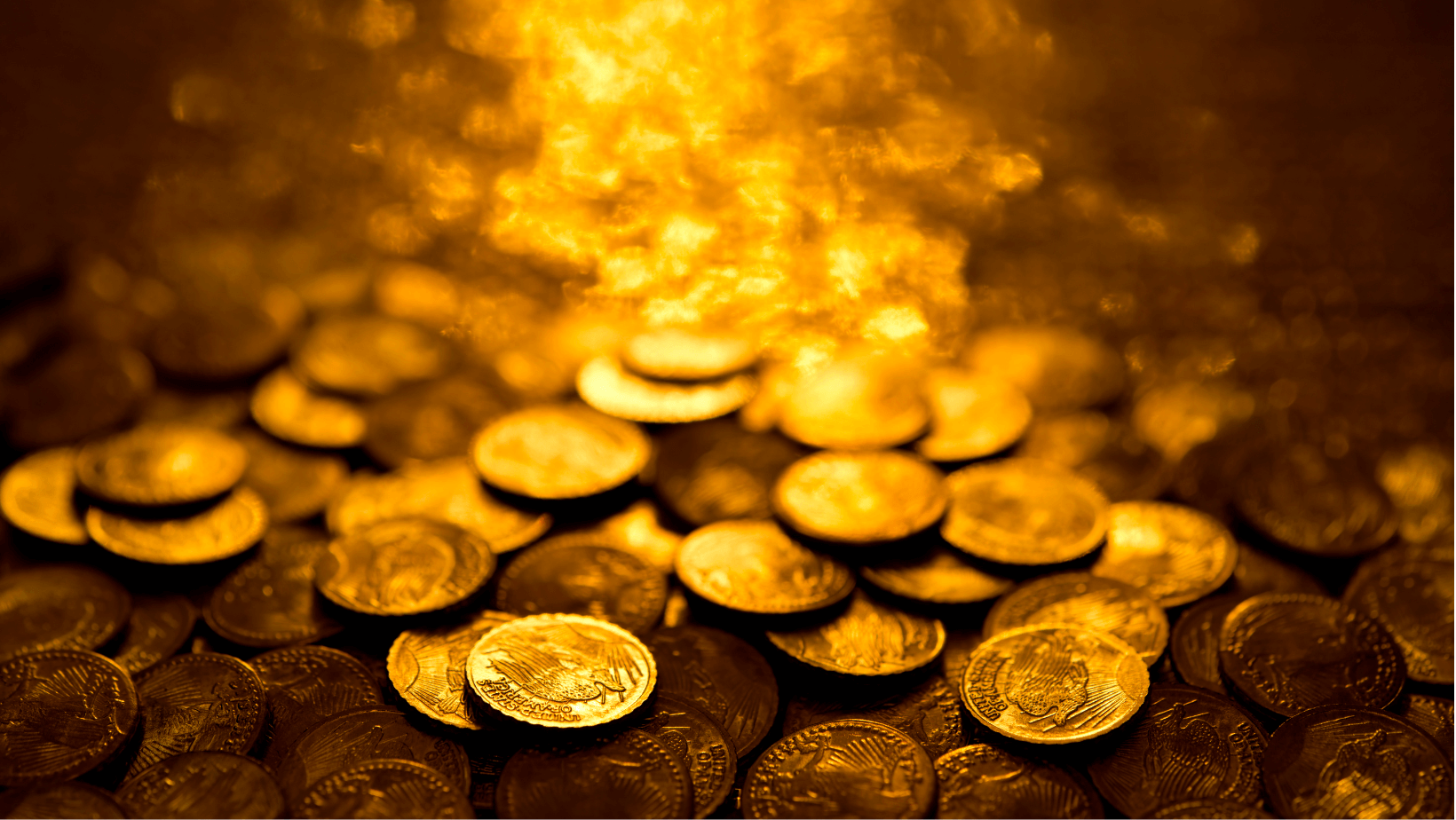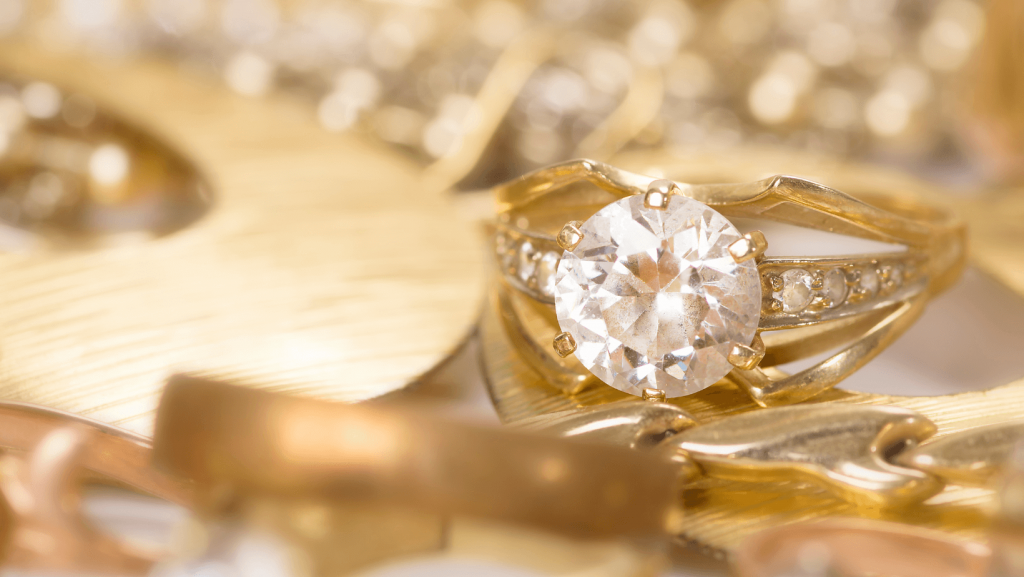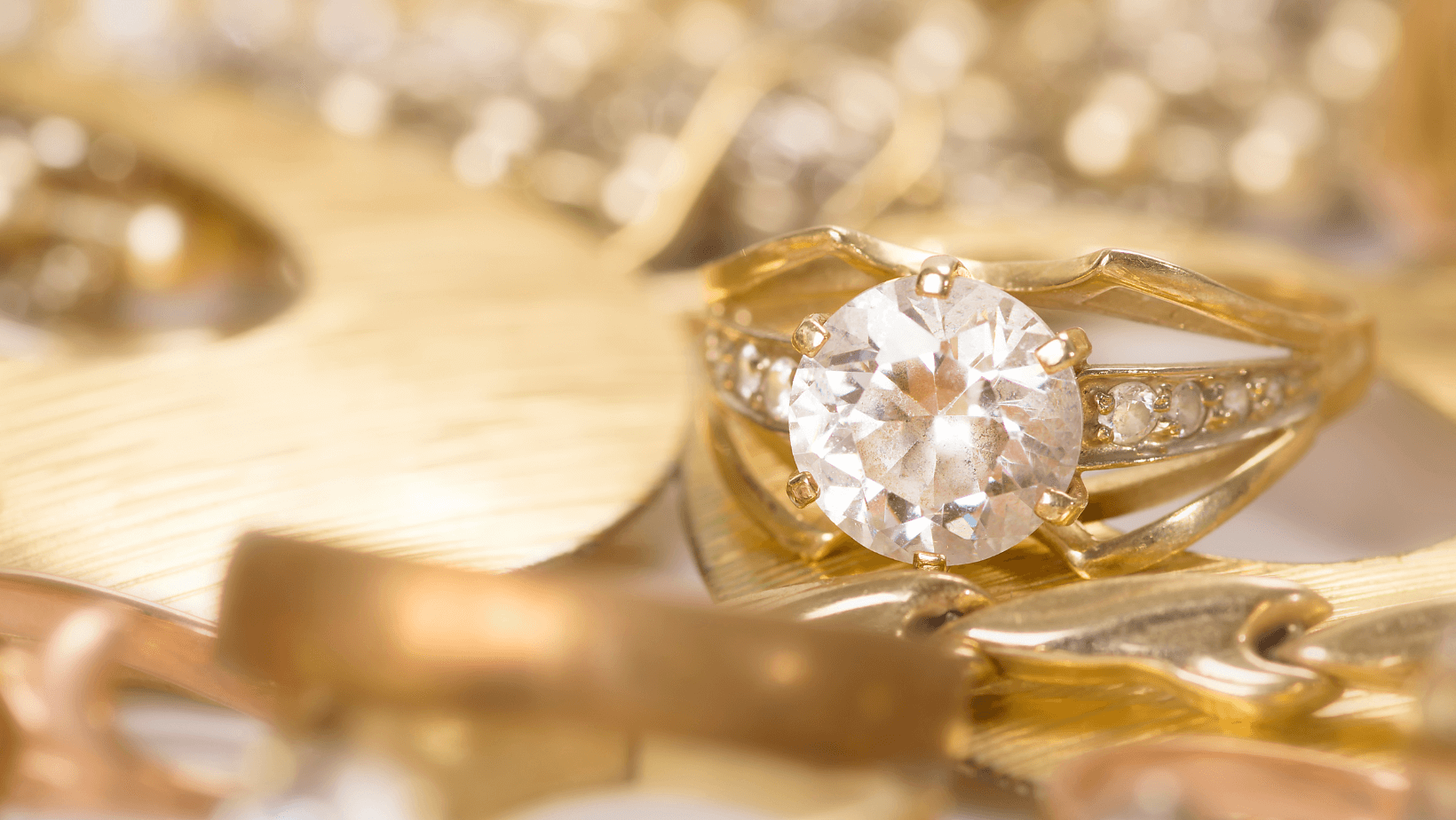
Gold Properties
On the periodic table, gold’s symbol is Au. This comes from the Latin name, aurum, meaning “shining dawn” or “glow of sunrise.” The pure element has been known since ancient times and has been considered highly valuable for thousands of years. In fact, it was one of the first metals to attract human attention.
The properties that have contributed to its long-standing value include attractive color and brightness, durability to the point of near indestructibility, malleability, and prevalence in nature in a comparatively pure form. Because of the perceived value due to its unique qualities, gold is the one material that has been universally accepted in exchange for goods and services for much of human history.
Given its durability, there are many ancient gold artifacts still in existence. For example, elaborate art pieces have been found from ancient Egyptian, Minoan, Assyrian, and Etruscan civilizations. Gold coins or bullion are also often seen in museum exhibits, as they have been used as a high-denomination form of currency throughout history. Gold is still accepted by all nations today as a medium of international payment.

Common Uses
Because it’s generally considered attractive in color and doesn’t tarnish or corrode, gold is a popular metal for crafting jewelry and other decorative objects. It’s estimated that 49% of the gold that is mined today is eventually made into jewelry, making it the single largest use for the element.
In addition to the many ornamental uses for gold, it has also been used in a number of behind-the-scenes applications, including in electronics, electrical wiring, dentistry, medicine, and radiation shielding. It has proven particularly valuable in these mediums for several of the same reasons that it is prized for jewelry, namely its malleability and resistance to tarnishing.
Although it is a dense, heavy metal, it’s generally considered nontoxic. In fact, some food and beverages even include edible gold flakes or powder as a garnish. Edible gold is used primarily to elevate the presentation of the dish, as it is both tasteless and odorless. It’s often found in high-end desserts like cookies, cakes, and ice cream. Other common uses include sushi, wine, and liquor.

Gold By The Numbers
Gold is the most malleable element, meaning it is pliable and able to be hammered out of shape without breaking. A single ounce of it can be hammered into a 300-square-foot sheet, which could even be pressed thin enough to become transparent.
It’s also highly ductile, meaning it’s able to be drawn out into a thin wire. One ounce could be stretched into a thread 5 miles long. If all the existing gold in the world was pulled into a 5-micron thick wire, it would wrap around the world 11.2 million times.
Pure elemental gold is 24 karats, however, it is often alloyed with other metals. For example, an item that is listed as 18 karats is 75% pure gold and 25% other metals. In jewelry, the other metal is often silver, but it can include others such as platinum, copper, palladium, zinc, nickel, iron, and cadmium.
Weekly Trivia
Enter your guess to reveal the answer.

